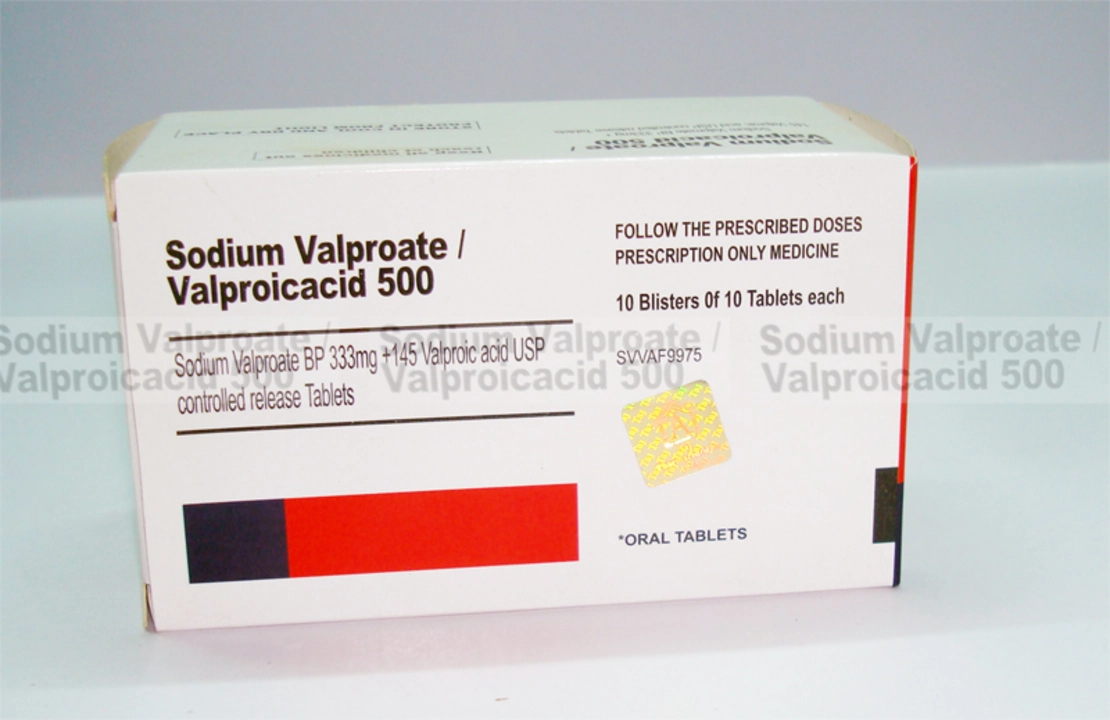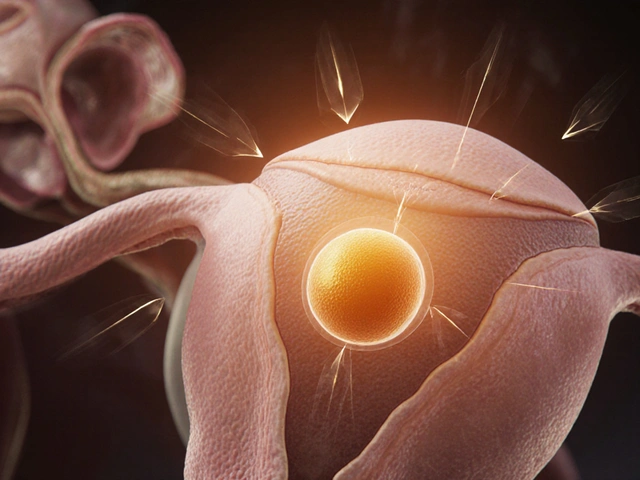Valproic acid: What it does and when doctors use it
Valproic acid (valproate) is a widely used medicine for seizures, bipolar disorder, and migraine prevention. It calms overactive brain activity by raising levels of the inhibitory chemical GABA. Doctors choose it when other drugs don’t work or when mood stabilization and seizure control are both needed. If you’re on valproate, this page gives practical facts you can use in conversations with your prescriber.
How people take valproic acid
Valproate comes as a delayed‑release tablet, syrup, or extended‑release capsule. Typical starting doses are based on weight; adults often begin around 10–15 mg/kg/day, split into two or three doses. Your doctor may raise the dose slowly until seizures stop or mood symptoms improve. Blood tests can check drug levels; many labs aim for a total plasma concentration roughly between 50–100 µg/mL, but targets vary by condition and person. Never change dose without talking to your clinician—stopping suddenly can cause seizures to return.
Risks, side effects, and what to watch for
Valproate can cause nausea, drowsiness, tremor, weight gain, hair thinning, and changes in appetite. More serious problems include liver injury and low platelets (which raise bleeding risk). Ask your doctor for baseline liver tests and a CBC, then repeat checks while you take the drug. Women of childbearing age need a clear discussion: valproate raises the chance of neural tube defects and developmental problems in babies. If pregnancy is possible, talk with your prescriber and obstetrician before starting valproate—other drugs are usually preferred in pregnancy.
Watch for sudden confusion, severe abdominal pain, yellowing skin, easy bruising, or unexpected bleeding—these need urgent medical attention. Also tell your doctor about unusual sleepiness, vomiting, or new mood changes; rare cases of hyperammonemia (high ammonia) can cause lethargy or vomiting. Valproate with topiramate or certain other meds can raise that risk.
Drug interactions matter. Valproate can increase levels of lamotrigine and some other drugs, which may raise side effects. It can also interact with blood thinners and certain antibiotics. Avoid excess alcohol while taking valproate—drinking can worsen liver stress and drowsiness.
Practical tips: keep a medication list and share it with all your providers, include dentists and ER staff. If you’re a woman planning pregnancy, ask about folic acid and safer alternatives. If you notice bruising, unusual tiredness, or a fast drop in platelets, contact your prescriber quickly. Keep scheduled blood tests—those checks are how doctors catch problems early.
Valproic acid is effective for many people, but it needs careful use. Use this guide to prepare questions for your doctor so you get the safest, most effective plan for you.

As someone who has experienced Valproic Acid withdrawal, I want to share what you can expect during this process. Firstly, you may experience symptoms like nausea, vomiting, and dizziness as your body adjusts to the change. Additionally, it's important to note that withdrawal may increase the risk of seizures, so it's crucial to consult with a doctor before stopping the medication. Remember to taper off Valproic Acid gradually to minimize these symptoms and ensure a safer withdrawal process. Lastly, be patient and seek support from friends, family, or a medical professional, as withdrawal can be challenging both physically and emotionally.
Continue Reading





